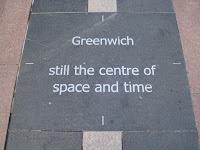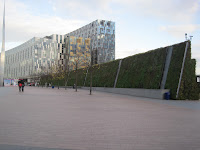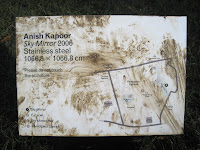The main topic of conversation is too re-introduce predators such as Lynx, Wolverines and Wolves into areas of Europe. This is extremely beneficial to the remaining ecosystems, by introducing the predators this can help in controlling the over-abundant number of prey species and in turn maintain the plant and habitats diversity. Also with the re-introduction of these predators the amount of human conflicts will increase with livestock and competition with hunters. In order to stop this the predators will be needed to fenced in, I know that this is wrong to cage animals but that is not what I am suggesting...what I am trying to get across is having extensively large nature reserves where the predators can roam and breed and not come into contact with humans and livestock. In a similar circumstance this is similar to the game and nature reserves in Europe, America and Africa.
Event organisers:
Nathalie Pettorelli, Institute of Zoology, ZSL.Rosie Woodroffe, Institute of Zoology, ZSL.
Sarah Durant, Institute of Zoology, ZSL.
Speakers and their topics:
Thorsten Wiegand, Helmhotz Centre for EnvironmentalResearch - UFZ, Germany.
- Modelling tools to better understand the dynamics of large carnivore reintroduction.
Guillaume Chapron, Grimso Wildlife Research Station, Swedish University of Agriculture Sciences.
- Restoring and managing wolves in Sweden.
David Hetherington, Cairngoms National Park Authority.
- Does the lynx have a cat's chance in modern Britain?
David W. Macdonald, WildCRU, Zoology Department, Oxford University.
- Rewilding the UK: reintroduction for restoration.













































